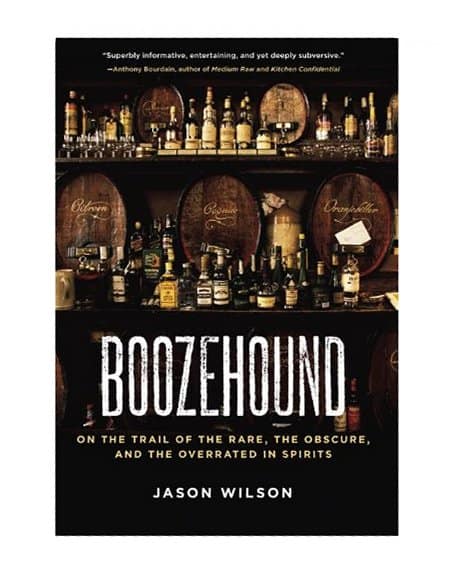According to the Jason Wilson, the author of Boozehound: On the Trail of the Rare, the Obscure, and the Overrated in Spirits, “The largest liquor companies in the world haven’t launched more than five hundred flavored vodkas because no one wanted to drink them.”
More from the Weekly Standard:
To wit, on your next trip to the bar, will you order a cocktail whose main ingredient is vodka? There’s about a one-in-three chance it will be. If so, will you order a generic vodka tonic, or provide a preference? These days, as any bartender will tell you, most customers specify.
Of course, it wasn’t always this way. Thirty years ago most people weren’t ordering vodkas by name, let alone brand-specific concoctions such as a Grey Goose Cosmo or, as a friend of mine unashamedly orders, Stoli Raz and Sprite. So how did we get here? For 200 years the United States was a brown-spirits nation, and our culture was dominated by whiskey and bourbon (think of Kentucky’s famed Bourbon Trail, Jack Daniel’s, the Whiskey Rebellion of the early 1790s). This is not to say that Americans were completely ignorant of vodka’s existence: One of the earliest mentions of it in the New York Times dates back to 1871 (a profile of a Russian prince written by a Times correspondent in St. Petersburg), and Russia’s legendary vodka maker Pyotr Smirnov sent his bottles to both the 1876 Centennial Exhibition in Philadelphia and the 1893 Chicago World’s Fair, where it won medals. But, writes Linda Himelstein in The King of Vodka: The Story of Pyotr Smirnov and the Upheaval of an Empire (Harper, 416 pp., $29.99), “When it came to hard liquor . . . Americans preferred bourbon whiskey. Vodka was still mysterious, a drink yet to be discovered.”
